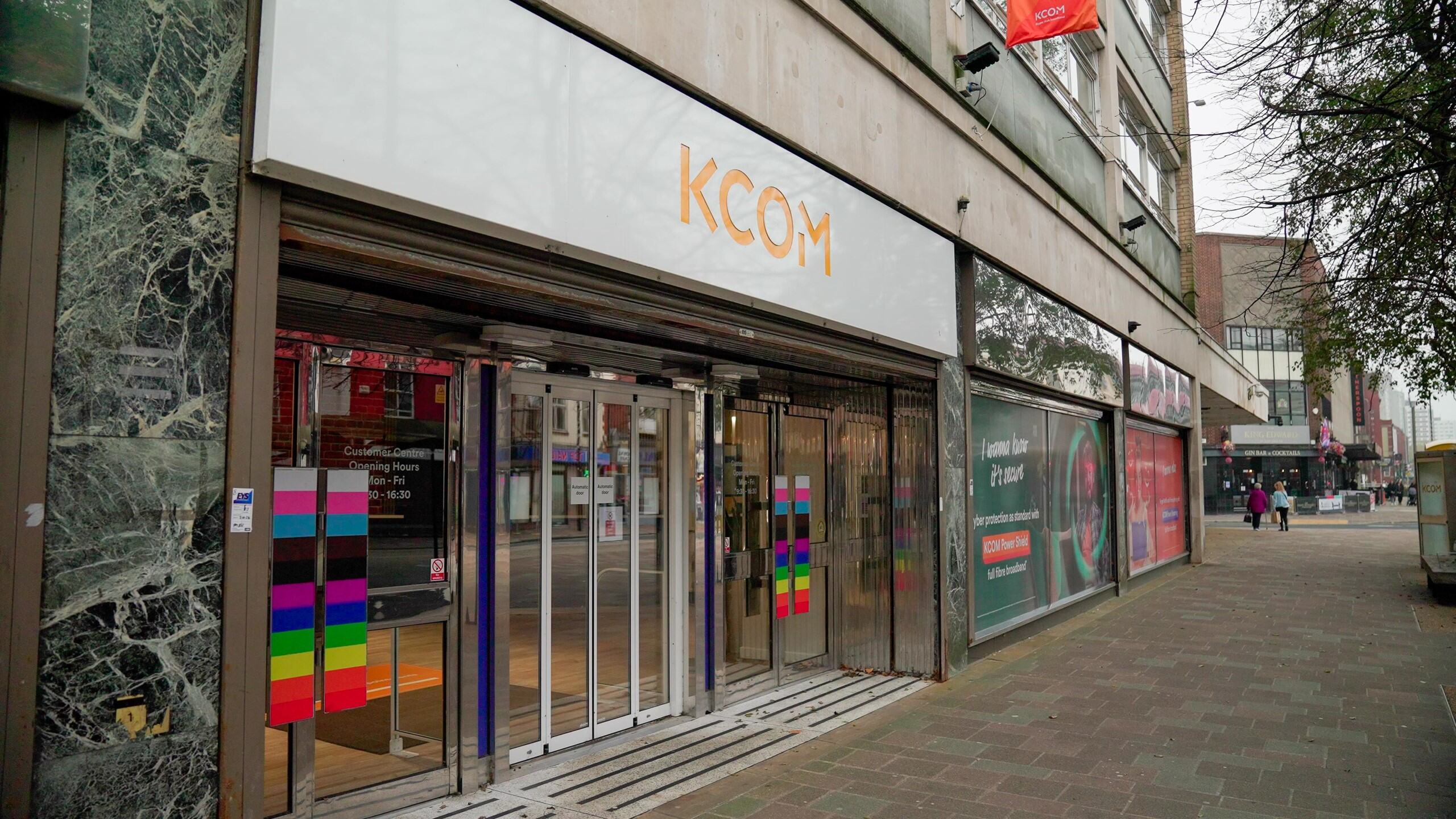EY refers to the global organization, and may refer to one or more, of the member firms of Ernst & Young Global Limited, each of which is a separate legal entity. Ernst & Young Global Limited, a UK company limited by guarantee, does not provide services to clients.
How EY can help
-
EY Transformation EQ™ services help your business implement leading practices and harness the power of your people to drive transformation success. Learn more.
Read more
1. The talent shortage
Over the last several months there has been considerable talk about the huge labor shortage wrought by the Great Resignation. However, CROs have been tracking the labor shortage risk for quite some time.
In several industries, such as oil and gas or power and utilities, the labor shortage began decades ago and is reaching a crisis pitch today. Baby Boomers are retiring, taking their institutional knowledge with them, and there aren’t enough workers, particularly engineers, with the required skills and experience to fill the gap. This said, to a greater or lesser degree, the talent shortage is a concern all industries share today.
And yet, as inflation rises and economies slow, CFOs are inclined to cut their scarce talent as the first expense item to lower operating costs and address slowing growth and profitability. This short-term response to meet quarterly targets increases critical talent risk by eroding employee psychological safety and commitment and in the long-term business value.
As economies rebound, many companies will find that specific skills and competencies they need have moved to other industries or simply have left the job market. This is because while economic uncertainty is cyclical, today’s labor shortage is structural as global demographics decline in the western world.
2. A skills and capabilities mismatch
Often, transformations create a mismatch between the skills and capabilities of their current workforce and the skills and capabilities needed for the future organization. As roles change, so too do the skills needed to perform them.
According to The Future of Jobs Report 2020 (pdf) from the World Economic Forum, by 2025, automation may displace 85 million jobs through a shift in the division of labor between humans and machines. The World Economic Forum has labeled this upcoming period as the “Reskilling Revolution”. Within the same timeframe, 97 million new roles may emerge to address the shift. A recent Forbes article suggests that 85% of the jobs in 2030 don’t exist yet.
This skills and capabilities mismatch can cause a significant risk, particularly if organizations aren’t properly planning for or investing in upskilling or reskilling the people they need as part of the transformation.
3. The human factor in transformation
Our research collaboration with the University of Oxford’s Saïd Business School highlights that complex factors influencing a transformation’s success or failure are rooted in human emotions. These findings are largely consistent regardless of industry or geography.
In a successful transformation, leaders invest at the outset to build the conditions for success, both at a rational level and an emotional level. As the transformation progresses, stress increases and confidence may dip. However, with the right support at the right time, workers end the transformation feeling positive. In our study, 79% of workers reported positive emotions after a successful transformation, the majority of which were happy or content — 50% higher than before the transformation.
In an underperforming transformation, leaders and workers begin in a similar emotional state to those in a successful transformation. However, at some point during the transformation, things spiral down. Two-thirds (66%) of workers reported negative emotions. Without any supportive intervention, everyone loses hope. At the end of an underperforming transformation, three-quarters of the workforce reported negative emotions.
This level of dissatisfaction can be crippling, not only for the current transformation, but for all transformations that follow.






